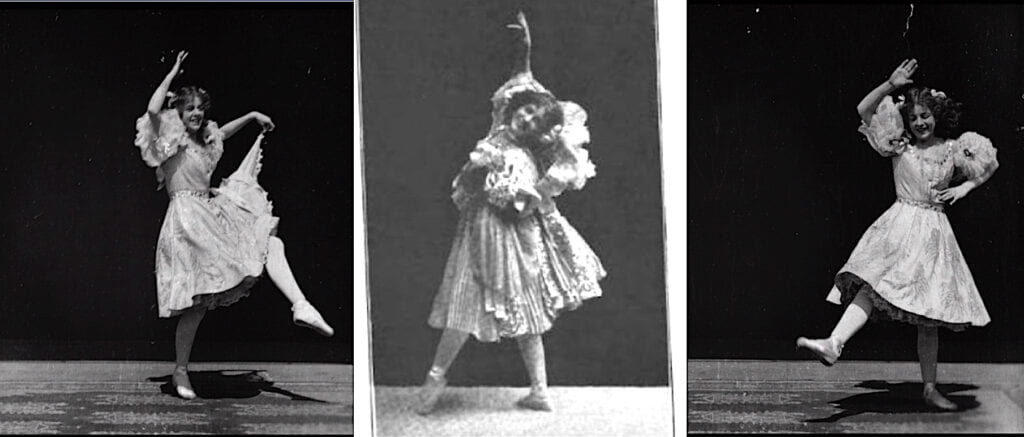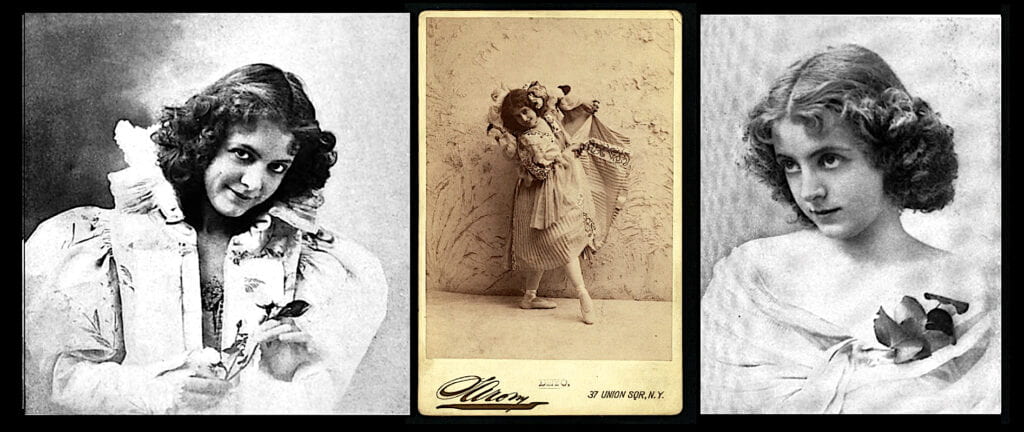Short silent orphan films with new scores by NYU Screen Scoring Program students.
Deyo (American Mutoscope Co., 1897) 45 seconds.
Surviving fragments of a never-released recording of emerging dance star Blanche Deyo, a.k.a. Beautiful Deyo, here at age 18. The fragmentary footage was preserved on two rare 68mm paper rolls and scanned frame by frame at 4K by Cineric labs in New York. The video deliberately shows the rostrum built for scanning this rare format.
The Library of Congress Paper Print Collection labels the two fragments as Part 1 and Part 2, though in fact some footage is duplicated in both. The constant jump cuts make this a challenge to watch, but the coherence and beauty of the music make it a pleasure.
Three separate scores by George Warren, Pano Fountas, and Noah Horowitz. (c) 2021. Notes from Professor Ron Sadoff and the composers.
1. George Warren: Solo piano, composed in the mold of a Chopin Mazurka (which would have been a source for many a scene of the ‘silent’ period). The sound here is crystalline and the piece is essentially an elegant dance.
2. Pano Fountas: Solo piano, also very much period based, with an undercurrent of nostalgia, ragtime inflections, all subtly operating within.
3. Noah Horowitz: A fully orchestrated ensemble period piece, which gives the feel of a ‘live’ performance.
Bonus points:

And three other portraits of Deyo by Sarony made in 1896.

Again, lower-resolution reproductions are from Google Books, which accidentally created the moiré effect when scanning the pages of journals. The high-resolution tinted photograph in the center, however, is from New York Public Library Digital Collections, which include thousands of images from NYPL’s important collection in its Billy Rose Theatre Division.
—-
Dan Streible, Associate Professor of Cinema Studies
NYU Tisch School of the Arts, Martin Scorsese Department of Cinema Studies
Orphan Film Symposium director
